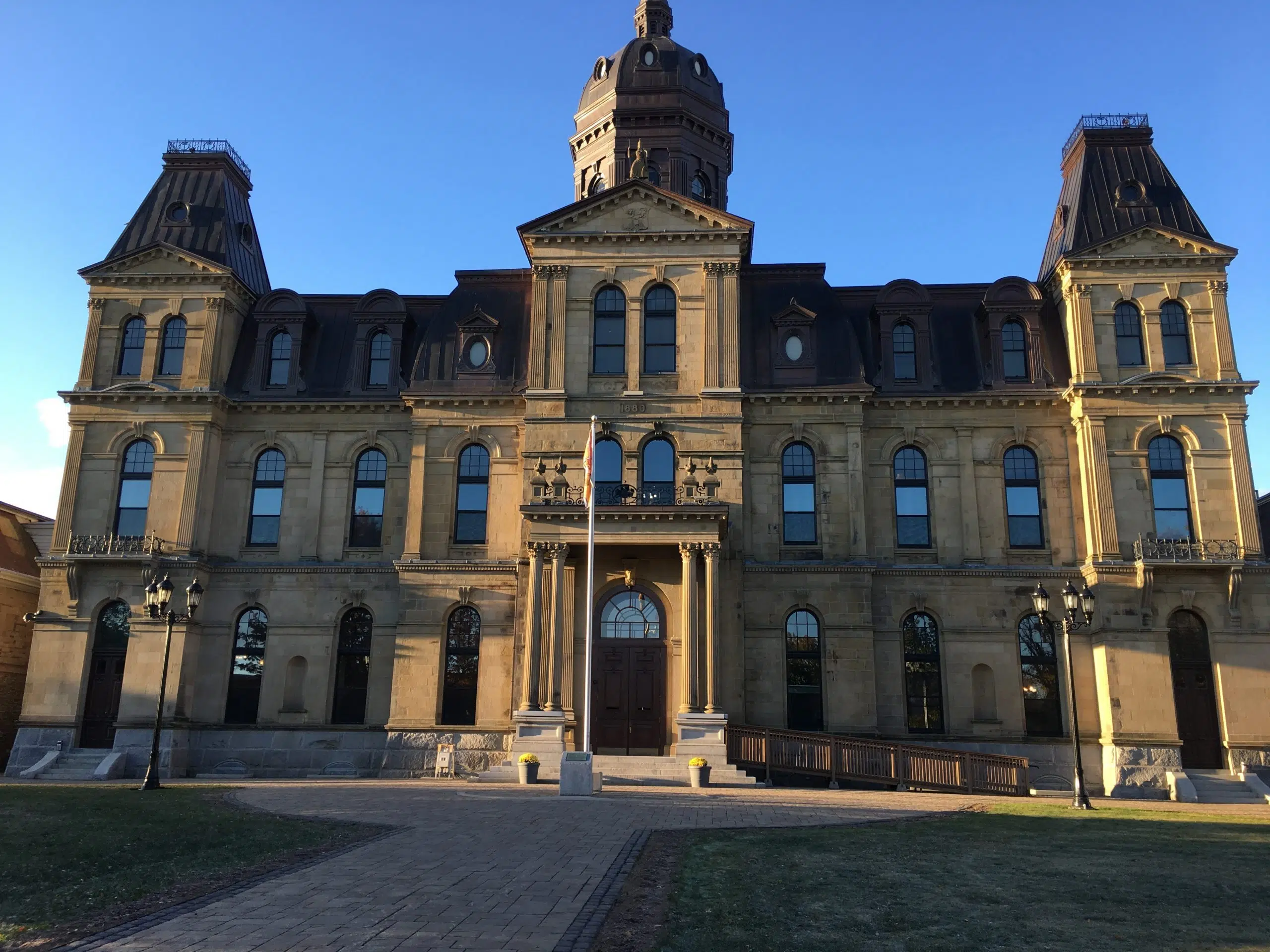New Brunswick introduced legislation Wednesday to force five pension plans into a shared-risk model.
The legislation impacts five pension plans in the province’s education and nursing home sectors.
Premier Blaine Higgs said the move is meant to address the sustainability of the plans.
“We must ensure that current retirees on Government of New Brunswick pensions and those that are working towards retirement have a sustainable pension in the future,” Higgs told reporters.
“Failing to move these plans means that the viability of those plans will continue to be at risk.”
Figures provided by the province show the five plans have a combined deficit of around $285 million.
Hugh Wright, a lawyer with Halifax-based Miller Thomson, said that figure is projected to increase.
Wright said it would cost around $365 million to move the five pension plans in order to fund them at the same level as the shared-risk plans.
The current plans are funded at levels ranging from 65 per cent to 107.4 per cent. Under the shared-risk model, Wright said current funding levels range from 118 to 120 per cent.
Under the proposed legislation, the affected unions would be able to choose from one of three pension plans.
Wright said he expects contributions would rise, but the amount would depend on which plan the unions decide to join.
Who is impacted by the changes?
The legislation would impact members of CUPE Local 1253, which represents 2,800 school district bus drivers, custodians and trade workers, along with CUPE Local 2745, representing 4,400 educational support staff.
Also impacted are nursing home workers who fall under three pension plans: general and services; nursing and paramedical; and management.
CUPE claims that the legislation amounts to the premier breaking signed collective agreements with its members.
Theresa McAllister, president of CUPE Local 2745, said pension plan agreements were the main reason why a weeks-long strike in 2021 came to an end.
McAllister said under the memorandum of agreement (MOA), both sides would work together to come up with a pension plan that was feasible for everyone.
“On Thursday, a letter was delivered to us with an ultimatum: pick one of three shared-risk plans, and if not, [the premier] would introduce legislation to impose one,” said McAllister.
As part of the MOA, which McAllister said was pushed for by Higgs, the two sides agreed to mediation if an impasse was reached.
The mediation would involve an actuary chosen by the union, one selected by the province, and a third would be assigned, she said.
“We sent a notice in September to say we have reached the impasse, that we wanted to move to the three-member actuary panel, and this is what their response was,” said McAllister.
CUPE proposal was too expensive: premier
In response to questions on Wednesday, the premier said the memorandum of agreement had a timeline on it, adding the deadline had been moved a number of times.
Higgs said CUPE was proposing a plan for its two education unions that would have cost taxpayers $1 billion.
“If you compare the plans that we’re talking about to what CUPE brought to the table after the MOA had expired, there is no comparison,” he said.
“It wouldn’t even take an actuary to figure out that this is not going to be sustainable in any way, shape or form compared to the current situation. In fact, it appeared to be worse.”
If the legislation does not pass, Wright said they would have to consider where to go from there.
“But at that point, you’d be left with three plans that are very clearly not viable,” he said.
Meanwhile, McAllister said discussions are underway at CUPE to determine what their next steps are.





